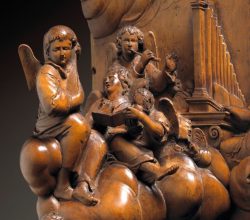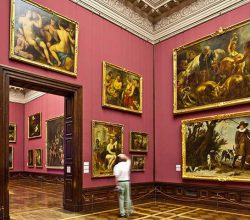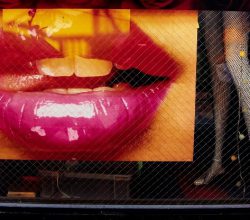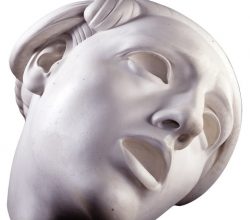
The Lurchingly Uneven Portraits of Paul Cézanne
Peter Schjeldahl | The New Yorker | 9th April 2018
Feted in London this show has moved to Washington. Cezanne “faltered” in his portraits because of the difficulty of showing what he wanted to show – a person not a personality, “an absoluteness not just of seeing, but of being”. This idea is a building block of modernism and not easy. “Cézanne’s fate has been to be revered more than enjoyed.”













